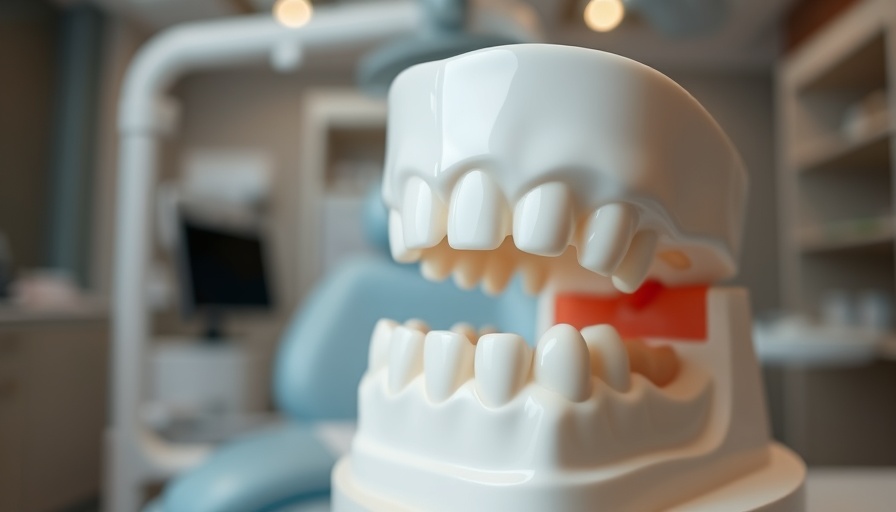
Understanding Crowns vs. Fillings
When it comes to dental care, two terms often come up—crowns and fillings. While they both play a role in protecting and restoring your teeth, they serve different purposes and are used in different situations. So what’s the difference? Let’s break it down in a way that’s easy to understand!
What is a Crown?
A dental crown is a tooth-shaped cap that is placed over a tooth to restore its shape, size, strength, and improve its appearance. Crowns are typically used when a tooth is severely damaged or decayed and need substantial support. Think of a crown as a protective helmet for your tooth. Generally, if you have a large cavity, a cracked tooth, or if you need a root canal, a dentist might recommend a crown.
When to Use a Filling?
On the other hand, fillings are used to repair cavities or small areas of damage. They restore the tooth's function and shape, preventing further decay. If a dentist finds a small hole in your tooth caused by decay, a filling would be the go-to solution. It’s like getting a band-aid on a scrape, sealing the area to prevent infection and further harm.
Differences in Material
Another distinction lies in the materials used. Crowns can be made from a variety of materials, including porcelain, metal, or a combination of both, depending on the tooth's location and the patient’s preferences. Fillings, on the other hand, are often made from materials like amalgam, composite resin, or glass ionomer. Each material has strengths—composite resin can blend in with your natural teeth, while amalgam is known for its durability.
Cost Considerations
When it comes to cost, crowns typically range higher than fillings due to the amount of material required and the longer time needed to prepare and fit them. While prices can vary widely depending on location and dental insurance, it’s essential to consult your dental professional to determine what will be best for your financial situation.
Future Predictions in Dental Care
As both dental technology and science continue to advance, we anticipate seeing improvements in the materials used for crowns and fillings, such as more biocompatible options that may provide better outcomes for patients. The integration of smart technology within dental products could revolutionize the field further, allowing for predictive assessments to identify potential issues before they require extensive treatment.
Common Misconceptions
Many people believe that crowns are only for older adults, but that’s not the case! Patients of all ages can benefit from crowns if their teeth are significantly damaged. Additionally, there’s a myth that fillings are only temporary solutions; however, when done correctly, fillings can last for many years. This highlights the importance of regular dental check-ups to assess the health of both your crowns and fillings.
Understanding Your Options
Ultimately, the choice between a crown and a filling should be made with professional guidance. Your dentist will consider the extent of damage to the tooth, the best material for repairs, and your overall dental health when recommending the most appropriate solution.
Your Smile Matters!
Having a healthy smile is not only about aesthetics; it contributes to your overall confidence and well-being. Regular check-ups and understanding your dental needs are crucial to maintaining your oral health.
Explore More About Dental Care
Stay informed about your dental health and what’s best for your body! Understanding the difference between crowns and fillings aids you in making informed decisions that affect your overall health.
For more insightful articles about dental health and wellness, don’t hesitate to tune into our updates and make dental care an essential part of your health journey!
 Add Row
Add Row  Add
Add 




 Add Row
Add Row  Add
Add 

Write A Comment